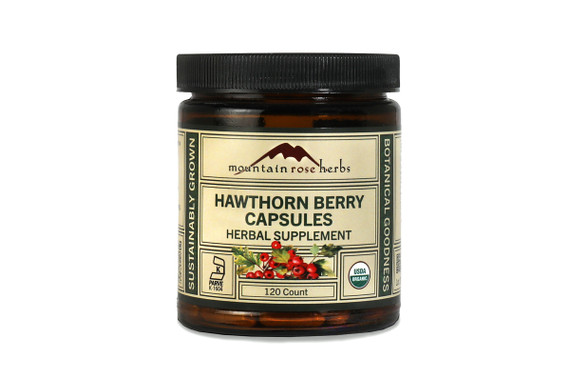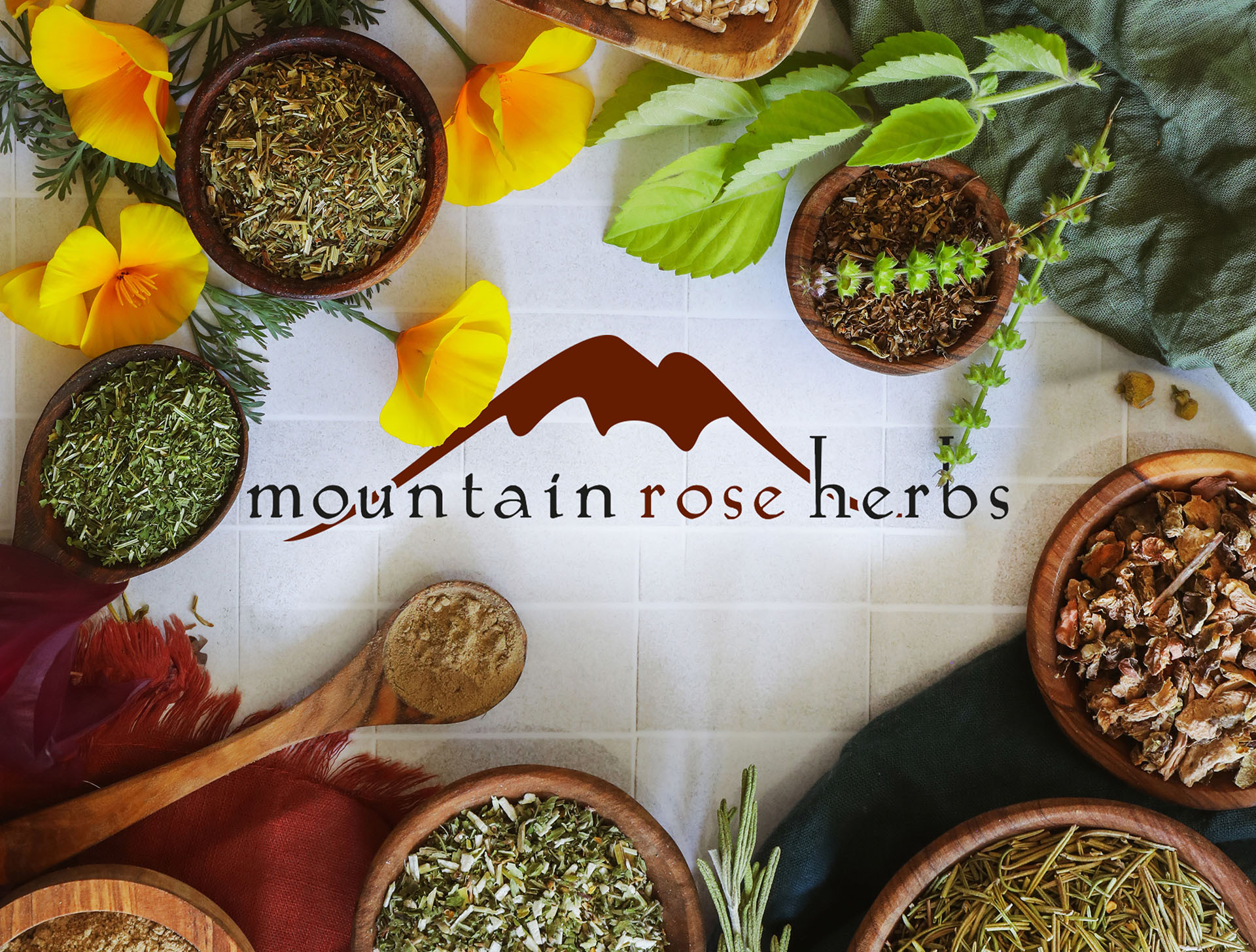Hawthorn’s history of use in traditional Western herbalism dates back centuries. Believed to have an uplifting and strengthening effect on the heart, both physically and emotionally, the berries of the Crataegus monogyna plant have been used to make jams, wines, cordials and candies. Additionally, the berries are often macerated in vinegar and syrups, infused into tea, or made into a tincture. Of the nearly 280 known species, several are used interchangeably in herbalist traditions to support healthy circulation and cardiovascular functioning.* Of these, C. monogyna and C. laevigata are the most common species found in the marketplace.
Precautions
Please note that Hawthorn Berries will sometimes develop a white film on the berry. This is natural sucrose maturing in the outer skin. We recommend that you consult with a qualified healthcare practitioner before using herbal products, particularly if you are pregnant, nursing, or on any medications.
*This statement has not been evaluated by the Food and Drug Administration. This product is not intended to diagnose, treat, cure, or prevent any disease. For educational purposes only.









